Stock Split Momentum: How Non-Tech Companies and Meta Platforms Are Making Waves in 2025
Stock Split Momentum: How Non-Tech Companies and Meta Platforms Are Making Waves in 2025
While artificial intelligence (AI) has dominated investor interest in recent years, it's not the only factor pushing markets to new highs. In 2024, multiple major stock indexes have surged, fueled in part by prominent companies announcing and implementing stock splits.
What is a Stock Split?
A stock split allows a publicly traded company to adjust its share price and total shares outstanding by a defined ratio, without altering its total market capitalization or core business operations. While the mechanics are largely cosmetic, splits can influence share accessibility and investor perception.
There are two main types of stock splits:
- Forward splits lower the share price, making shares more affordable to everyday investors—especially those who cannot buy fractional shares. Such moves are usually seen as signals of company strength.
- Reverse splits increase the share price and are often associated with struggling companies trying to avoid delisting. These tend to be met with skepticism by investors.
Non-Tech Companies Lead 2025 Stock Split Wave
Historically, tech giants like Nvidia and Palo Alto Networks have grabbed headlines with stock splits. However, in 2025, the focus has shifted toward companies outside the technology sector. Here are three standouts:
Fastenal (FAST)
Wholesale suppliers Fastenal completed a 2-for-1 split in May 2024, marking its ninth split since going public in 1987. The company’s commitment to innovation and strong customer relationships signal continued strength in its industry.
O'Reilly Automotive (ORLY)
Auto parts retailer O'Reilly Automotive executed an impressive 15-for-1 split in June. The company’s robust share buyback program and highly efficient distribution network have fueled its stock’s impressive rise.
Interactive Brokers Group (IBKR)
Automated brokerage firm Interactive Brokers completed its first-ever 4-for-1 forward split in June 2024. Its investments in technology and automation, along with growing account numbers, highlight ongoing operational success.
Why Investors Seek Stock Splits—and Performance Trends
Research by Bank of America Global Research shows that, since 1980, companies announcing forward splits have outperformed the broader S&P 500 index: gaining an average of 25.4% in the 12 months following the split announcement, compared to the S&P 500’s 11.9%.
However, a high share price alone doesn’t guarantee a split. Companies like Costco Wholesale, with shares near $1,000, see little need for a split due to widespread access to fractional shares and their shareholder base’s composition. Similarly, Netflix’s substantial institutional ownership means there’s little incentive for a forward split, even with its elevated share price.
Will Meta Platforms (META) Finally Announce a Stock Split?
Among the few large-cap companies yet to split, Meta Platforms stands out. While all other "Magnificent Seven" tech giants have split at least once, Meta has resisted—until possibly now. With META stock rebounding to around $700, talk of a stock split has returned.
Over 27% of Meta’s shares are held by individual investors, making a split both sensible and impactful. The company’s immense user base across platforms like Facebook, Instagram, WhatsApp, and Messenger makes it a dominant force in digital advertising.
Meta’s financial strength is notable—closing Q1 with over $70 billion in cash, and an annual run-rate net cash from operations of $96 billion. This strong balance sheet allows for continuous investment in AI, as well as shareholder returns through dividends and buybacks. Despite its rising stock price, Meta’s forward P/E remains attractive, indicating room for further upside.
The Bottom Line
The latest wave of stock splits by non-tech companies like Fastenal, O’Reilly Automotive, and Interactive Brokers is making shares more accessible to individual investors. With Meta Platforms now a prime candidate for a split, investor anticipation continues to build, and the trend looks set to continue into 2025.
This content is for informational purposes only and does not constitute financial advice.

